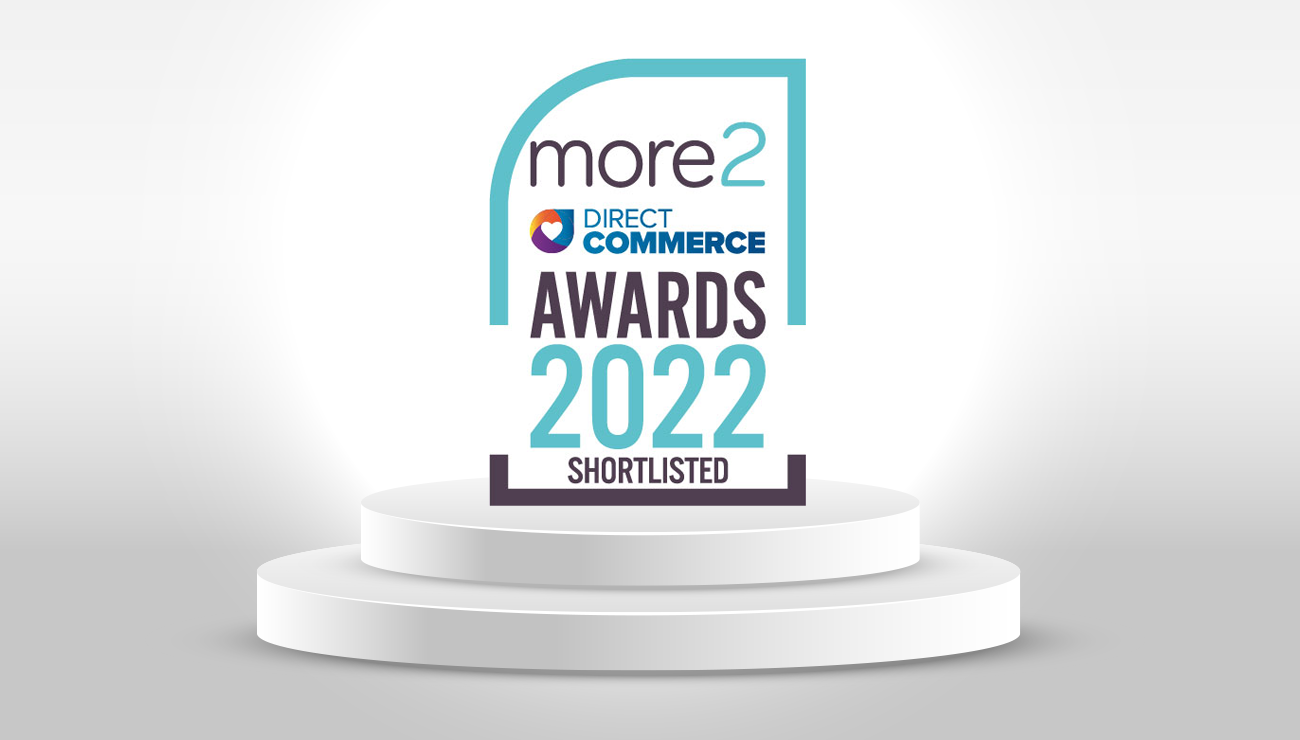Fear of Change – Simon Drakeford
Benjamin Franklin once said,
“When you are finished changing, you are finished.”
These are wise words that apply just as powerfully to business as they do to individuals. And yet the fear of change is still rife among both, rendering many paralysed in their professional and personal lives. It’s understandable. We are creatures of habit, we like routine, we like to feel in control.
Resisting change is a natural survival instinct. It lures us into a false sense of security and stability. It’s why many businesses fail to progress. It’s why many businesses fail.
If there’s one thing 20 years in industry has taught me, it’s that businesses will never reach their true potential unless management get over their kainotophobia (fear of change) and learn to embrace it.
I believe change is vital for survival; any behaviour that drives paralysis or hinders decision making, particularly in a market that is experiencing significant change itself, could be more dangerous than any outcome. And embracing, rather than resisting, change actually gives businesses more control over their future in my opinion.
Entrepreneurs Don’t Conform, Why Should Established Businesses?
If you are a SME and you fear change, take stock for a minute. Reminisce back to when you first started out. Do a bit of research into successful entrepreneurs in your field. Entrepreneurs are great role models because they drive and actively seek out change.
So the more entrepreneurial the business context then the more change a business is likely to have. At start up stage, when the wheels are wobbling and making payroll is one of the key focuses, change runs through the blood of the organisation. I’m betting it ran through yours, too.
However, as businesses grow, skins thin, waists expand and the comforts of success set in, control and security often grow in importance. 3M is a great example of a business that reinvented itself to drive further success, but look what happened when Nokia stopped evolving.
Businesses like Kodak and HMV also suffered when they couldn’t see past their own success and failed to adapt to meet external changing consumer behaviour and technology driven developments. The sad thing about those business was that they recognised the need to change, but they recognised it too late.
Shrinking The Risks of Change
There is, of course, risk involved in changing. But there are also steps you can take to shrink that risk before you put your business through a change programme:
Communication
Change consultants believe communication is the best tool for managing change; this is true across all stakeholders whether it be staff, shareholders, suppliers or customers.
Timing
Another key component in reducing the risk or fear of change. If change can be aligned or fits with changes in the internal or external environment then any impact is greatly smoothed.
Changing too early rarely has the negative connotations of changing too late. And the fear of loss of control will be a lot greater if the options are limited through late action. Never leave the change too late, particularly if it is inevitable.
A Robust Plan
Whilst being cautious can be counterproductive, a solid financial and operational plan can help reduce the risk and maintain control.
Courage
Some courage is definitely required but that is a core requirement of all astute leaders. True entrepreneurs and business leaders thrive on a little risk, the really successful ones ride it.
Research
It may seem obvious to say this, but it’s critical that the changes you want to make are the right ones!
So you’ve felt the fear and you’ve embraced the change. What next?
The Three-Step Guide
You need a change plan and there are three stages to defining this:
Stage One
Carry out a situational analysis. This could be a SWOT report or you may want to use a third party or a trusted advisor. Note that it’s critical to assess the true ROI of any perceived strengths. Quite often a significant strength is weakened once the cost of execution has been considered.
Stage Two
See how comfortably your change plan sits against the business plan. Not all SMEs have well documented business plans but they don’t have to be printed out and stuck on the wall to exist.
Organic growth, acquisition, sales force focus, exit, merger, category extension, new channels, etc. are all strategic ‘pillars’ that may exist abstractly or documented. Most business plans will only be delivered through change so marrying the strategy against any change plan is critical to success.
Stage Three
The third stage is to make a ‘people plan’. The success of the plan, particularly one that adopts significant change, is made more likely if key people are taken into consideration. Consider the strengths, weaknesses and wishes of the core stakeholders and shareholders.
Loyal, long-serving staff aren’t necessarily a vital part of the future/change plan. This is often the most difficult part of the process, but retaining redundant staff risks the future of the business and everyone who relies on the business.
Don’t forget to get buy-in – it will be impossible to produce a credible change plan if the important shareholders and stakeholders are not bought into it. All good business people know that you need to crack eggs to make an omelette, though.
Still not sure about instigating change?
Ask yourself what it is you’re really scared of? Why do you fear change? Is it because you are worried about losing what you have built up over the years? If so, then I ask you to consider this: when all around you is changing, change will still happen to you and your business even if you don’t initiate it.
But it may not be the change you want or need, you won’t be in the driving seat and it may end up with you losing everything anyway. So my final suggestion to you? To quote the title of Susan Jeffers famous self-help book, feel the fear and do it anyway.
Simon Drakeford
CEO of Office Power and Euroffice Group





